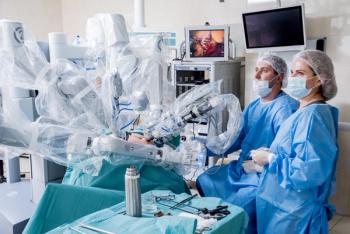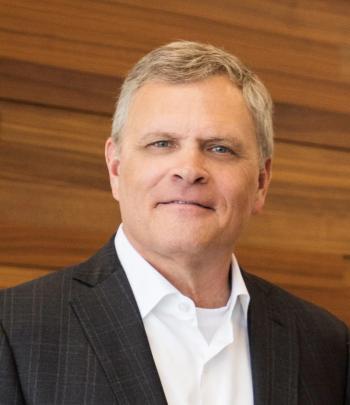
How to define supervision when using transitional care management
Defining supervision when using transitional care management
Q: In transitional care management (TCM), what is the difference between “direct” and “general” supervision?
A: According to Medicare’s guidelines, “The required face-to-face visit must be furnished under a minimum of direct supervision and is subject to applicable State law, scope of practice, and the Medicare Physician Fee Schedule (PFS) “incident to” rules and regulations.
The non-face-to-face services may be provided under general supervision. These services are also subject to applicable State law, scope of practice, and the PFS ‘incident to’ rules and regulations. The practitioner must order services, maintain contact with auxiliary personnel, and retain professional responsibility for the service.”
While the face-toface visit still must be performed under direct supervision for non-physician providers (NPPs), Medicare has relaxed the requirement to general supervision for non-face-toface services. According to Medicare’s Physician Fee Schedule at 42 CFR § 410.32: “Direct supervision in the office setting means the physician must be present in the office suite and immediately available to furnish assistance and direction throughout the performance of the procedure.
It does not mean that the physician must be present in the room. General supervision means the procedure is furnished under the physician’s overall direction and control, but the physician’s presence is not required during the performance of the procedure.” So make sure your physicians/NPPs know that they need to direct the licensed clinical staff and are responsible for all TCM services rendered to a patient.
This makes sense because the physician/NPP is the one billing and being reimbursement for the TCM code (99495- 99496).
Renee Dowling is a coding and billing consultant with VEI Consulting in Indianapolis, Indiana. Send your coding and billing questions to: [email protected].
Newsletter
Stay informed and empowered with Medical Economics enewsletter, delivering expert insights, financial strategies, practice management tips and technology trends — tailored for today’s physicians.
















